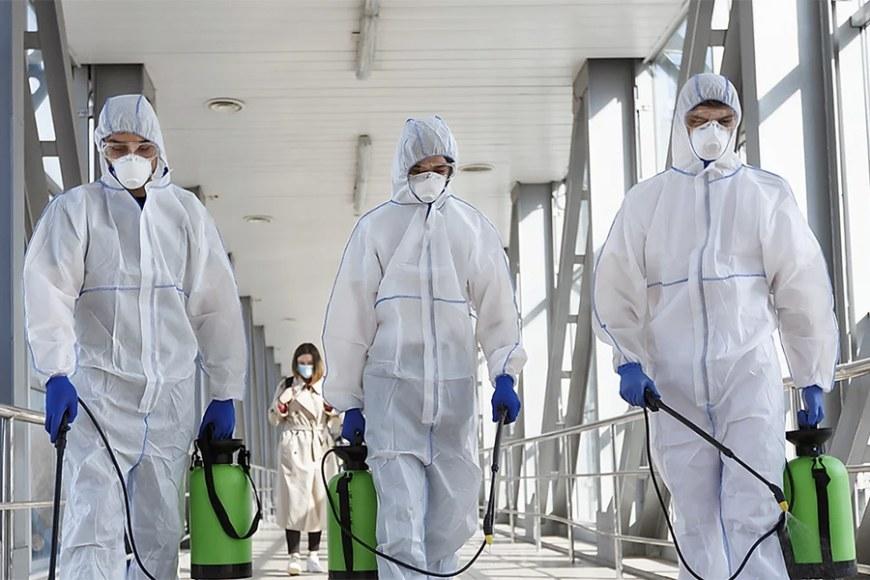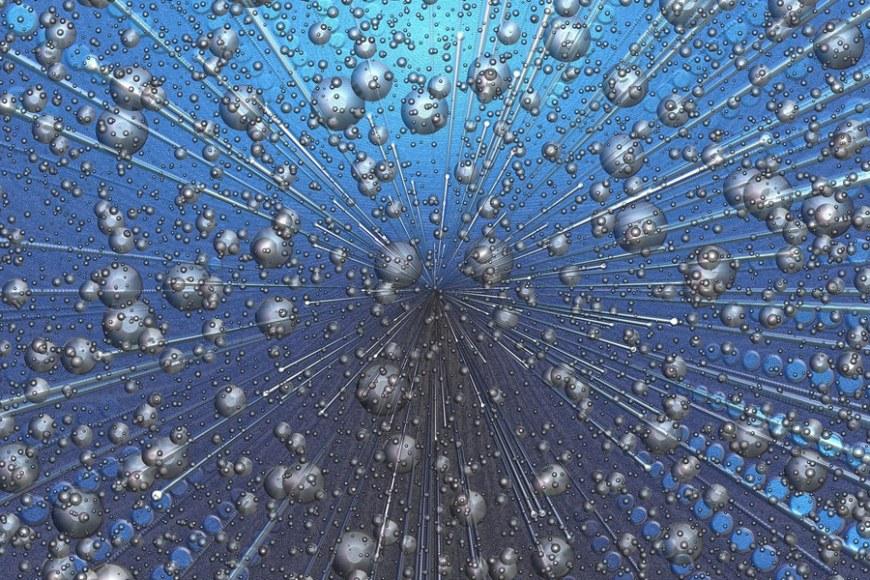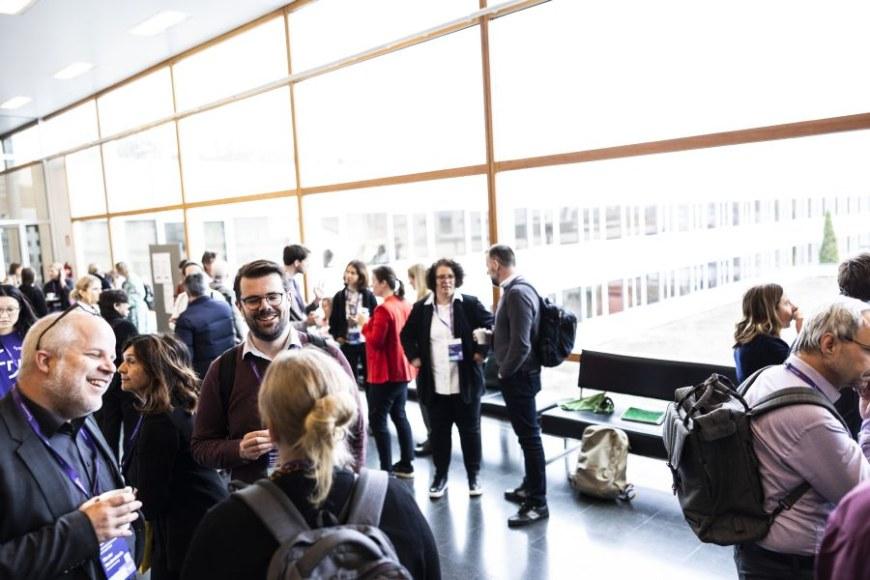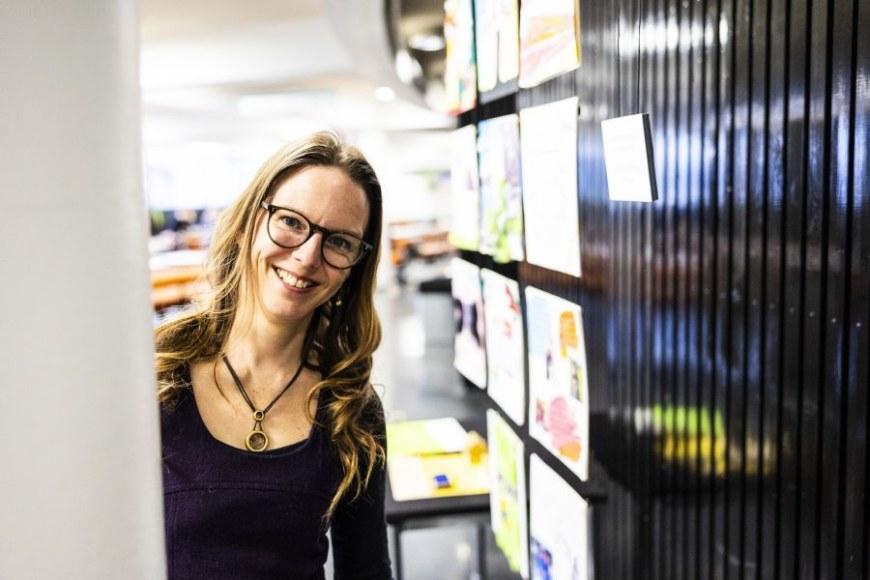Company collaboration generates new business from photocatalytic research

“Back in 2018, I saw a TV commercial of the nanocoating manufacturer Nanoksi Finland Oy. Having conducted research on nanocoatings for years, the commercial piqued my interest. I emailed the company to tell them I was available if they needed help with technological development, research or communications,” researcher and physicist Pasi Keinänen says.
This email sparked a collaborative relationship between Keinänen and Nanoksi Finland Oy.
As Keinänen had been working at Tampere University for years – conducting research on materials science and nanotechnology, working for Innovation Services and contributing to the Research to Business project – his expertise matched Nanoksi’s needs.
“Our interests, expertise and needs were perfectly aligned. Ever since the company was established, we have been testing new coatings and have wanted to take part in their development,” says Jukka Laks, CEO of Nanoksi Finland.
Researchers’ active involvement is key
The first three fruits of the collaboration were three articles that Keinänen wrote to describe the principles, safety and future opportunities of nanocoatings in lay terms.
“The thought of collaborating with a scientist usually conjures up images of a laboratory with stacks of petri dishes filled with liquids. The articles authored by Pasi provided a concrete and approachable start for our collaboration,” Laks says.
Keinänen encourages his fellow researchers to reflect on their findings from a business perspective and actively build contacts with industry stakeholders. The process of building collaboration often requires the ability to popularise one’s research and thereby encourage a sense of mutual understanding between academia and industry.
“Tampere University employs a teaching and research staff of 2,500 people. It would be a good start if at least some of them contact at least one company,” Keinänen notes.
The coronavirus outbreak brought collaboration to the next level
Nanoksi manufactures photocatalytic coatings. Photocatalysis is a process of triggering a chemical reaction with the help of light, releasing reactive oxygen species that kill microbes. The self-disinfecting, light-sensitive coating kills viruses, bacteria, mould spores and other volatile organic compounds.
Research carried out at Tampere University has confirmed the functionality of Nanoksi’s photocatalytic coatings. An external quality assessment has demonstrated that photocatalysis is capable of destroying 98% of influenza viruses in two hours under normal room lighting conditions. The technology has the potential to significantly reduce the spread of the coronavirus pandemic.
Earlier, Nanoksi mainly provided coatings for hospitals, nursing homes and cleanrooms. As the demand for coatings soared following the coronavirus outbreak, the company has now coated surfaces, for example, in buses, shops and amusement parks.
Future coatings developed in Tampere
In spring 2020, the collaboration between Keinänen and Nanoksi had reached a point where Keinänen and his fellow researchers saw an opportunity to turn their research into business. The result was Plasmonics Oy, established by Pasi Keinänen together with Professor Mika Valden and researcher Bela Bhuskute. Plasmonics signed a seed financing agreement with Nanoksi Finland.
The partnership has enabled Nanoksi to develop nanocoatings in close collaboration with local world-class researchers. In the near future, the two companies are looking to start the production of a new type of photocatalytic coating in Tampere. The intention is to license the technology and bring it to the global market.
Help and support from Innovation Services
Tampere University’s Innovation Services help researchers with the legal aspects relating to the commercialisation of research findings.
“Innovation Services provide low-threshold services to all researchers within our community. They offer not only excellent advice but also access to legal services,” Pasi Keinänen says.
Among other things, Innovation Services ensure that the inventions and innovations created in the course of academic research are appropriately protected in accordance with the Finnish Act on the Right in Inventions made at Higher Education Institutions.
“Plasmonics is an excellent example of the utilisation of research results, which is an activity we are looking to encourage among our researchers,” says Head of Innovation Services Harri Länsipuro.
The mission of Innovation Services is to foster a culture of innovation across Tampere Universities and thereby support and encourage researchers to maximise the impact of their research from academic, societal and commercial perspectives.
“This is one way for the University to observe its legal obligation to deliver impact for society,” Länsipuro says.
Photo: Plasmonics





